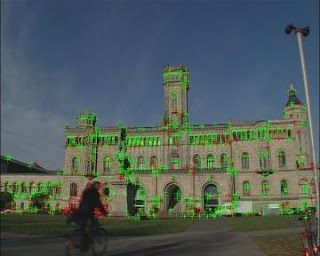I set alarm at 3AM, but I got up at 4:40am.
I though it was already too late, because I have heard that people line up from 1AM.
However, I was lucky enough to get a PlayStation3 Slim. It was 5AM exactly, but there was only one boy and his mother who were waiting from 3AM to buy PS3. There were no one else. It was because the shopping mall was relatively new and the GameStop wasn't known much. One people who came later said the GameStop is almost like hidden one.
We saw two PlayStation3 boxes on display, so I though I need to pick the box as soon as an employee open the door. But the boxes were empty. By the time that we were figuring out why they are empty, there were some people who rushed to the counter; they were right. Two new line appeared from the counter and the order in the lines changed. I became a guy who bought the very first PS3.
 It was interesting and I'm happy that I didn't have bad experience. Some people who were in the line said people often became aggressive especially when they are hungry and waited long. One guy who came to the GameStop from WalMart and BestBuy said there were a hundred people from 3AM. I remember that CNN once broadcasted that there were people who got injured by rushing crowd at Black Friday. I actually expected to see that kind of crowd but I'm satisfied by my new PS3.
It was interesting and I'm happy that I didn't have bad experience. Some people who were in the line said people often became aggressive especially when they are hungry and waited long. One guy who came to the GameStop from WalMart and BestBuy said there were a hundred people from 3AM. I remember that CNN once broadcasted that there were people who got injured by rushing crowd at Black Friday. I actually expected to see that kind of crowd but I'm satisfied by my new PS3.The price was 299 dollars for PS3 and two game titles; little big planet and god of war 1/2. Although PS3 itself is 299 dollars, those games cost more than 100 dollars, so it was a good deal; indeed, I will play those anyway.
 I took a picture in front of the game stop with my new PS3.
I took a picture in front of the game stop with my new PS3.















































